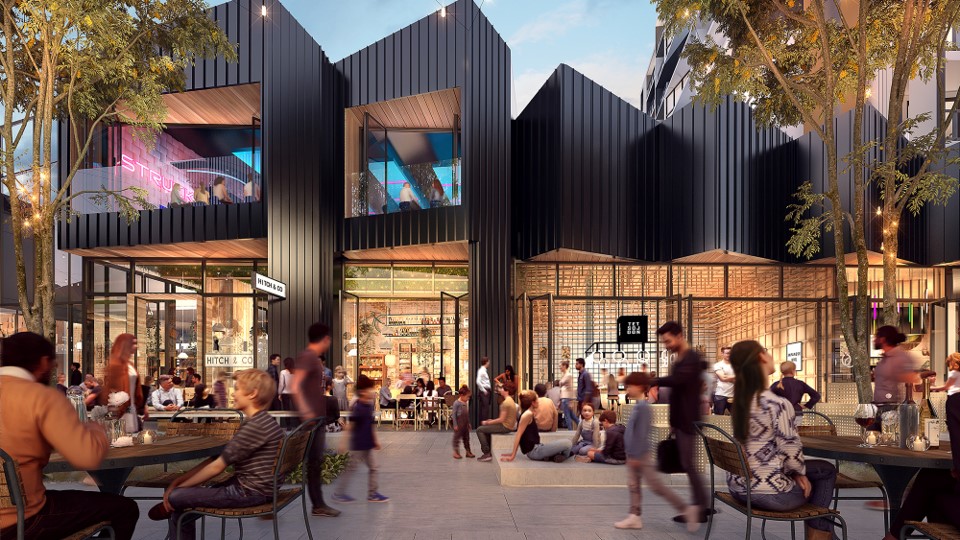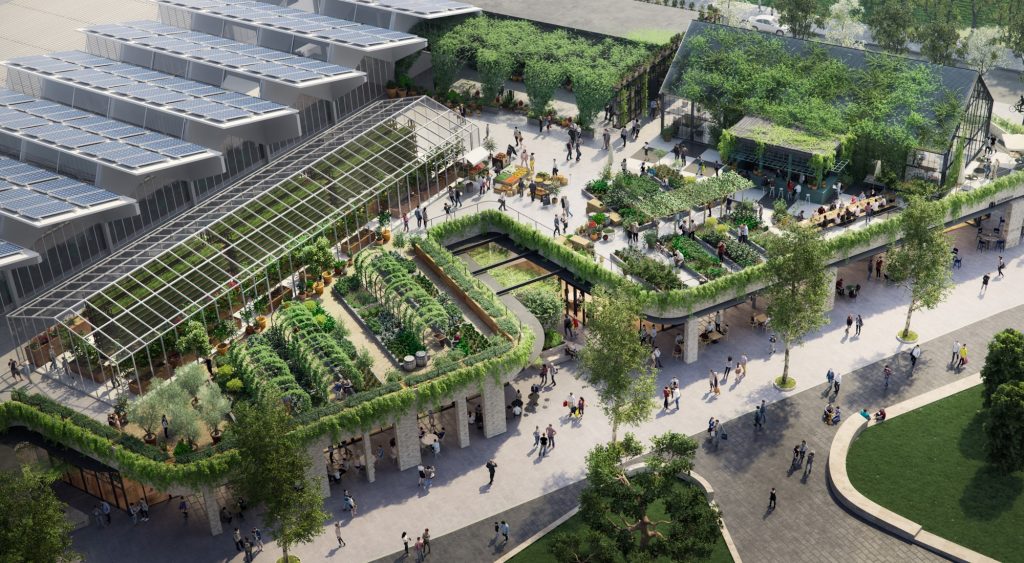As home ownership costs rise and average floor space shrinks, and as Millennials trade off dwelling size for a desirable location, neighbourhood amenity is more important than ever before, says Urbis’ Clinton Ostwald.
National property economics and research director at Urbis, Ostwald says households are changing shape as children remain in the family home for longer, and as more people choose entertainment and travel over a mortgage.
“Residents are also looking for greater connectivity through proximity to public transport and jobs,” Ostwald says.
Household sizes are growing as children remain in the nest for longer. The average household in metropolitan Sydney, for example, increased from 2.7 people in 2011 to 2.8 in 2016.


